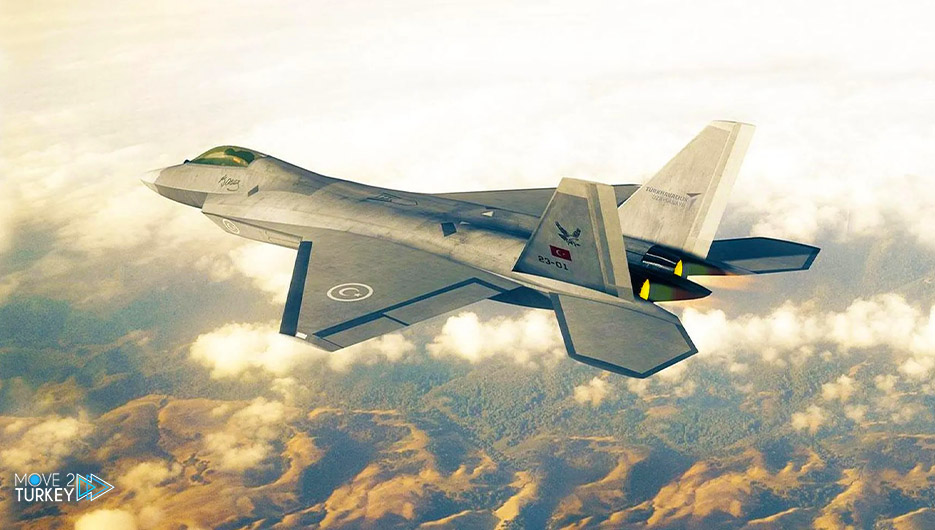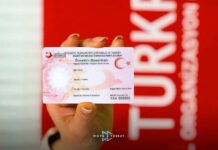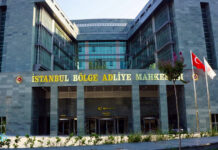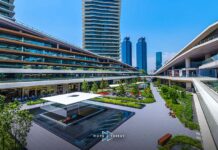
The Turkish Aerospace Industries Company “TUSA” has developed a simulation system for the home-made national fighter “MMU” in order to implement the project of manufacturing it in a more efficient and cost-effective manner and to train pilots on all possible scenarios that they may encounter while flying the real fighter.
-Advertisement-
TUSACH demonstrated the national fighter’s virtual simulation system for the first time at the Turkish “Technovist” festival for aerospace technology, which is being organized for the first time in Azerbaijan.
The festival is organized by the Turkish technology team “Waqf T3” and the Azerbaijani Ministries of Digital Development and Communications, and Turkish Industry and Technology, with the support of important companies and institutions.
Visitors to the exhibition wore virtual reality goggles and experienced the system as if they were in the cockpit of a real fighter.
Hüseyin Kayayurt, a computer engineer at the Simulation Systems Technology Department at TESA, said that the system, which is being shown for the first time in “Technovist” in Azerbaijan, provides a real driving experience for the national fighter “MMU” in an atmosphere that is completely similar to the cockpit of the real fighter.
-Advertisement-
He added that the simulation system was developed for use by pilots, engineers and analysts before production of the aircraft began.
He pointed out that the pilots use the system and then tell them what must be developed or modified in the fighter, and based on those recommendations, the company re-designs some parts and amends the necessary software and adds them to the simulation system, so that it can intervene to make the necessary modifications before the actual production of the fighter, which saves on production costs. .
He explained that the virtual fighter in the simulation system is completely similar to the fighter that will be produced, whether in shape, operating systems or reactions in different situations, stressing the importance of the recommendations that pilots and engineers give them after using the simulation system.
-Advertisement-
Kayakurt noted that TUSA has also produced simulation systems for the “Hurjet” aircraft and the Atak attack helicopters, in addition to its production of a simulation system for the “Hurkosh” plane, and plans to develop a simulation system for the “Ozgur” project, a project to modernize the F-16 fighters and localize them. operating systems in order to get rid of dependence on the United States for that.
He stated that whoever wears virtual reality glasses and tries the simulation system sees everything that the commander of the real fighter can see.
He continued, “It is also possible to engage in simulated clashes, in which a missile is fired at the national fighter, and the pilot chooses the maneuver that he must perform after reviewing all possible scenarios.”
-Advertisement-
And he indicated that “maneuvers change according to the missile’s speed, the angle of its approach to the fighter and the air temperature. Of course, these experiments cannot be conducted in the air with the real fighter. It is also possible to experiment with refueling scenarios in the air to find out the altitude needed to do so and to test the duration of fuel persistence at different altitudes.”
Kayayurt added that the simulation system has two main tasks, engineering and training, and that the pilot who uses it can take off and land the fighter from anywhere in the world, and can also do a preliminary demonstration of the fighter and try all possible scenarios.






















